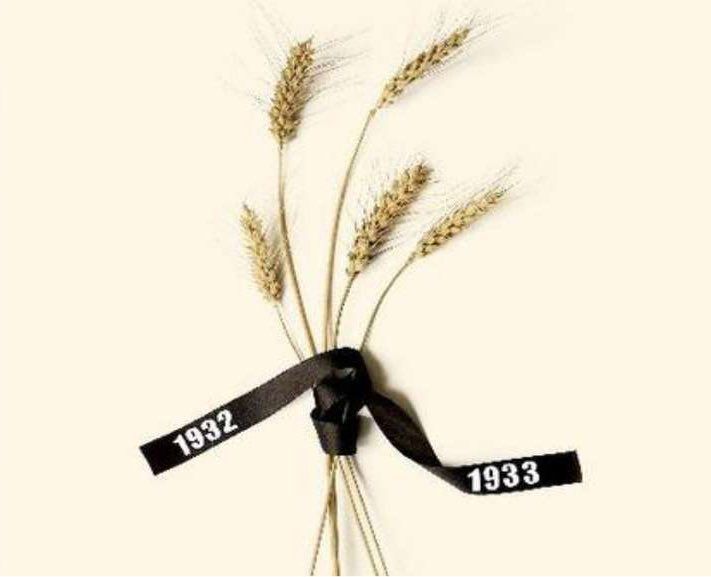
“A mother with her starving children.”
“A body of someone who died of hunger lying in the street.”
“A bread line at the market.”
“Mass graves near Kharkiv.”
9/9




“A mother with her starving children.”
“A body of someone who died of hunger lying in the street.”
“A bread line at the market.”
“Mass graves near Kharkiv.”
9/9
8/9

8/9
7/9

7/9
6/9

6/9
5/9

5/9
4/9

4/9
3/9

3/9
2/9

2/9

